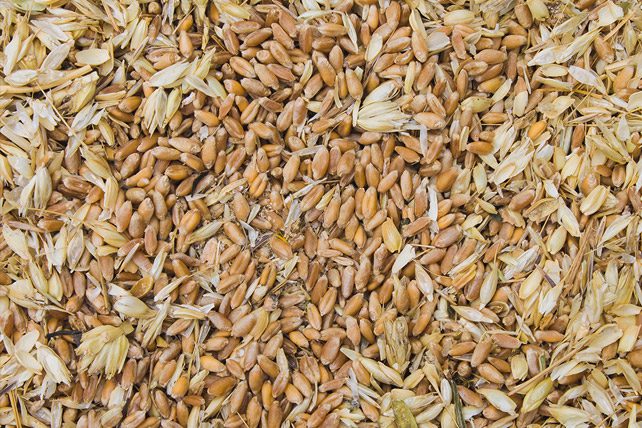In our daily lives, we often encounter situations where we must make discerning choices, separating what is beneficial and true from what is not. This concept is beautifully encapsulated in the biblical metaphor “separate the wheat and chaff,” a phrase rich in history, meaning, and application. The phrase “separate the wheat and chaff” finds its roots in Matthew 3:6-12, when John the Baptist describes the ministry of Jesus as one of separating the two: wheat and chaff. This process symbolizes the inevitable separation of good from bad.
Understanding Wheat and Chaff
In the biblical context, wheat represents repentant people whose lives have changed, while chaff represents evil individuals. The metaphor of wheat and chaff underscores the importance of discernment and the ability to distinguish between what is genuinely valuable and what is not. It’s a call to identify and uphold truth and goodness, symbolizing moral and spiritual clarity.
To fully appreciate the metaphor, one must understand the difference between wheat and chaff. Wheat is a cereal grain, valued for its ability to be ground into flour and used for bread, a staple food for many cultures. Chaff, on the other hand, refers to the husks surrounding the grains, which are lightweight and non-nutritive. During the harvesting process, farmers separate the valuable wheat grains from the worthless chaff, typically using a process called winnowing.
The saying “wheat and chaff” extends beyond its agricultural origins to represent the broader concept of discerning between what is true to the core what is not. This could pertain to people, ideas, beliefs, or actions. In essence, the phrase “separate the wheat from the chaff” means to distinguish between what is substantive and beneficial and what is insubstantial or harmful.

